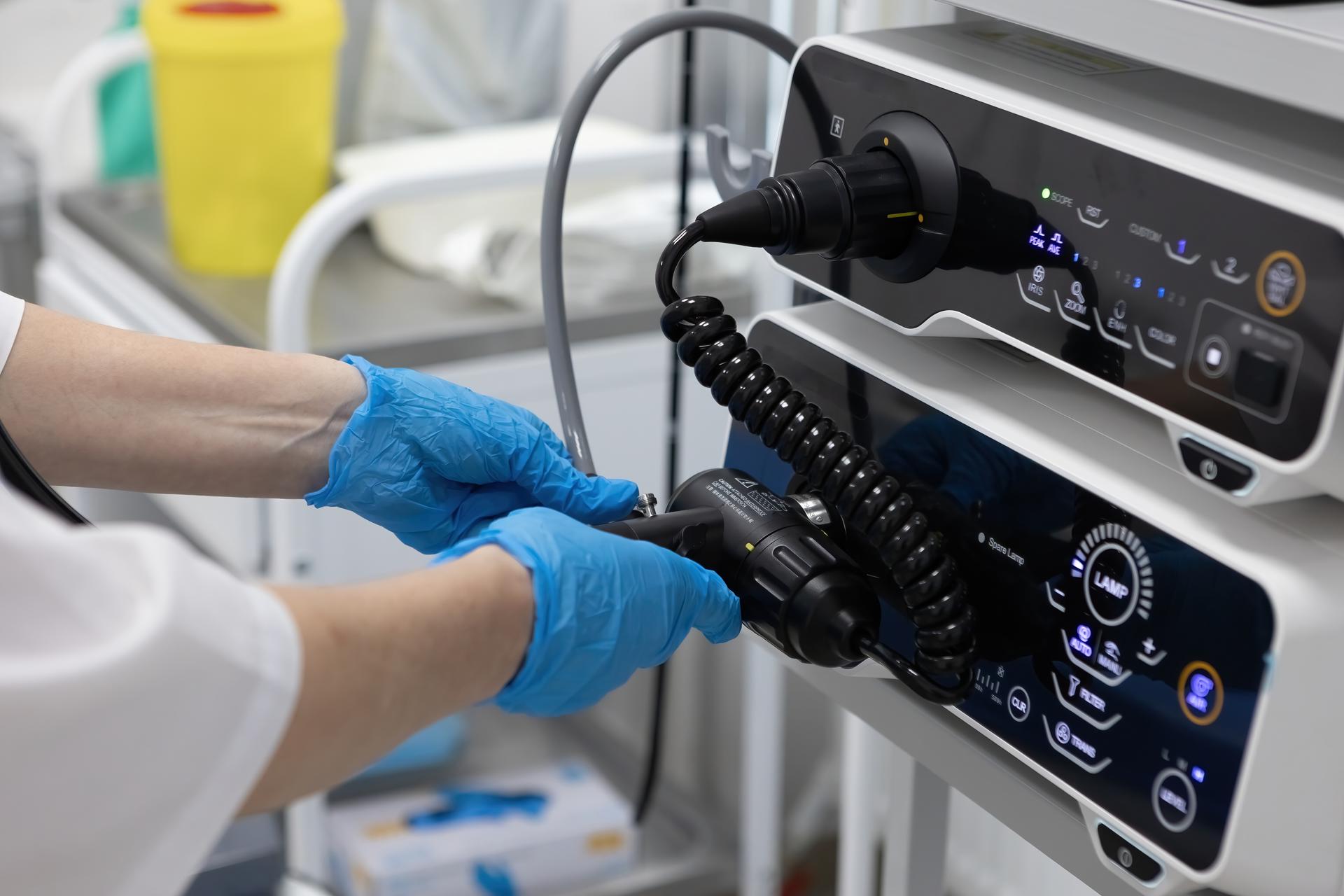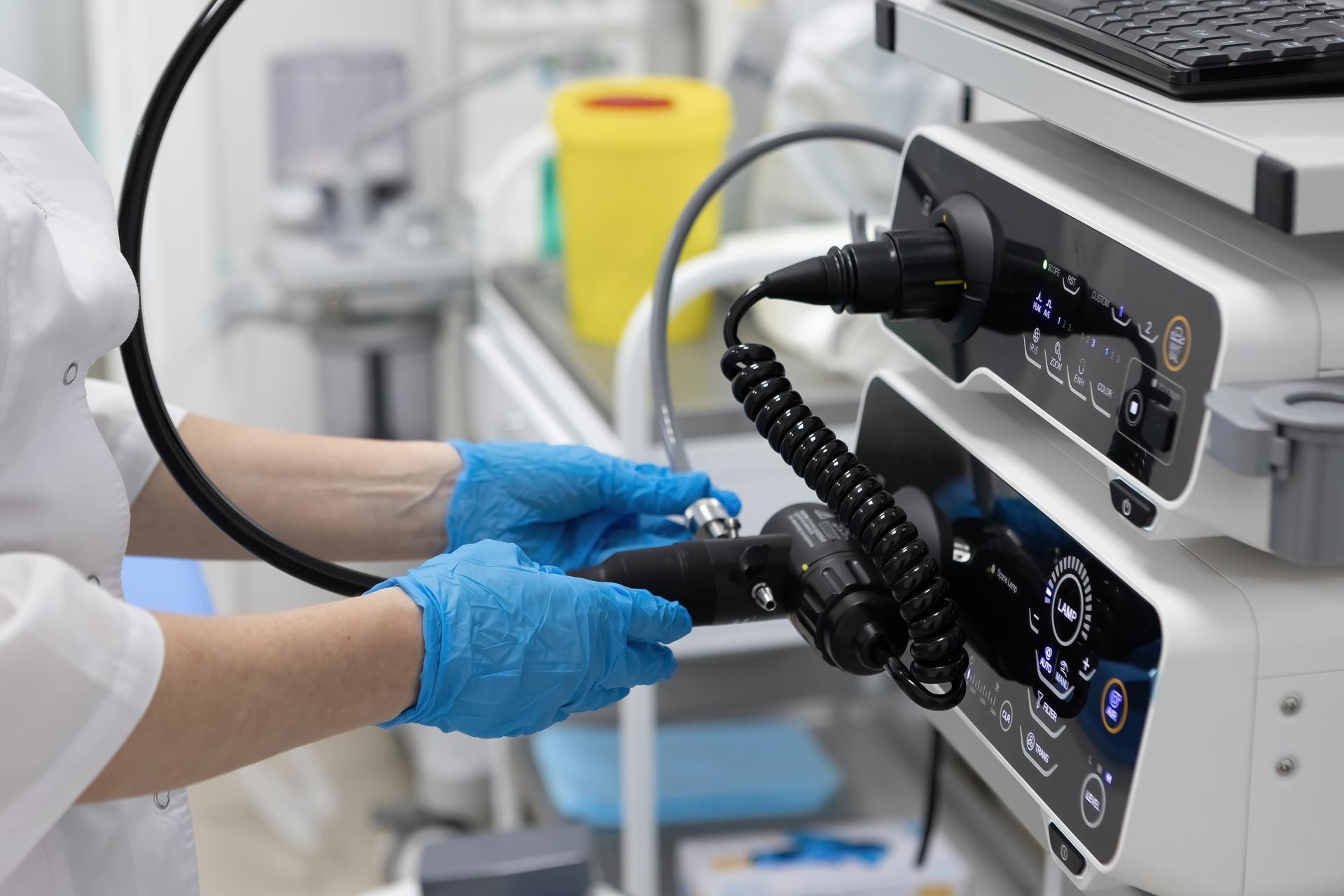How Preventive Maintenance Reduces Downtime in Healthcare Facilities
In healthcare, every second matters—and equipment failure can mean more than just inconvenience. Unplanned downtime in hospitals and clinics can delay critical patient care, compromise safety, and increase operational costs. That’s why preventive maintenance (PM) plays such a vital role in ensuring healthcare facilities run smoothly. With a structured PM strategy, organizations can improve equipment reliability, reduce unexpected breakdowns, and maintain compliance with health and safety standards. Here are five key ways preventive maintenance minimizes downtime in healthcare environments.
Extends Equipment Lifespan
Routine maintenance tasks such as inspections, cleanings, and calibrations help prevent wear and tear on essential medical equipment. This proactive care extends the life of expensive assets like MRI machines, ventilators, and diagnostic tools—delaying costly replacements and maximizing ROI.
Reduces Emergency Repairs
By catching potential issues early, preventive maintenance reduces the need for last-minute fixes that can disrupt workflows. Scheduled servicing identifies small problems before they escalate into full-scale failures, keeping systems functional and patients safe.
Enhances Operational Efficiency
When machines and infrastructure run reliably, hospital staff can focus on patient care instead of troubleshooting equipment. Reliable systems lead to smoother operations, better resource management, and more predictable schedules for both patients and personnel.
Ensures Regulatory Compliance
Healthcare organizations are subject to strict regulatory standards for equipment performance and safety. Preventive maintenance logs and documentation provide the evidence needed to demonstrate compliance during audits and inspections, avoiding fines and legal issues.
Builds Trust with Patients and Staff
When facilities consistently maintain a high standard of care, it fosters confidence in patients and medical personnel alike. Operational continuity reflects professionalism and commitment—reassuring everyone that the facility is safe, efficient, and trustworthy.
Conclusion
Preventive maintenance is more than a technical task—it’s a strategic investment in patient care and facility excellence. By minimizing downtime, enhancing efficiency, and supporting compliance, healthcare organizations can focus on what truly matters: saving lives and delivering outstanding care. Embracing a proactive maintenance culture today can ensure better performance—and peace of mind—tomorrow.






